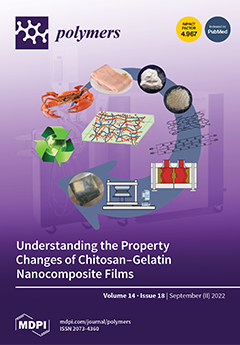In this study, compressive strength (CS) of fiber-reinforced nano-silica concrete (FRNSC) was anticipated using ensemble machine learning (ML) approaches. Four types of ensemble ML methods were employed, including gradient boosting, random forest, bagging regressor, and AdaBoost regressor, to achieve the study’s aims. The
[...] Read more.
In this study, compressive strength (CS) of fiber-reinforced nano-silica concrete (FRNSC) was anticipated using ensemble machine learning (ML) approaches. Four types of ensemble ML methods were employed, including gradient boosting, random forest, bagging regressor, and AdaBoost regressor, to achieve the study’s aims. The validity of employed models was tested and compared using the statistical tests, coefficient of determination (R
2), and k-fold method. Moreover, a Shapley Additive Explanations (SHAP) analysis was used to observe the interaction and effect of input parameters on the CS of FRNSC. Six input features, including fiber volume, coarse aggregate to fine aggregate ratio, water to binder ratio, nano-silica, superplasticizer to binder ratio, and specimen age, were used for modeling. In predicting the CS of FRNSC, it was observed that gradient boosting was the model of lower accuracy and the AdaBoost regressor had the highest precision in forecasting the CS of FRNSC. However, the performance of random forest and the bagging regressor was also comparable to that of the AdaBoost regressor model. The R
2 for the gradient boosting, random forest, bagging regressor, and AdaBoost regressor models were 0.82, 0.91, 0.91, and 0.92, respectively. Also, the error values of the models further validated the exactness of the ML methods. The average error values for the gradient boosting, random forest, bagging regressor, and AdaBoost regressor models were 5.92, 4.38, 4.24, and 3.73 MPa, respectively. SHAP study discovered that the coarse aggregate to fine aggregate ratio shows a greater negative correlation with FRNSC’s CS. However, specimen age affects FRNSC CS positively. Nano-silica, fiber volume, and the ratio of superplasticizer to binder have both positive and deleterious effects on the CS of FRNSC. Employing these methods will promote the building sector by presenting fast and economical methods for calculating material properties and the impact of raw ingredients.
Full article






